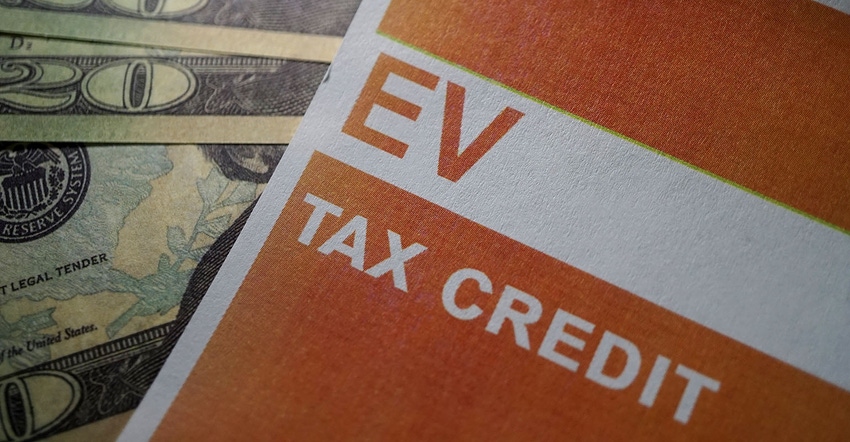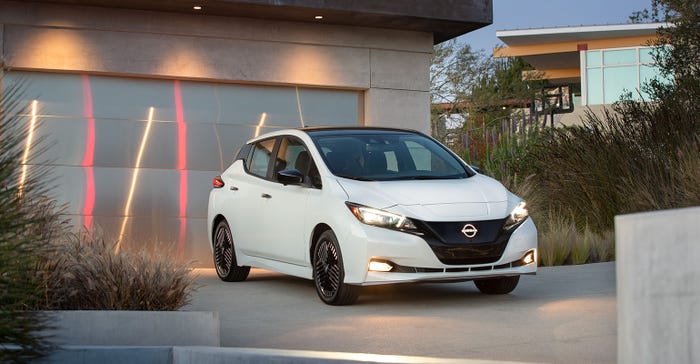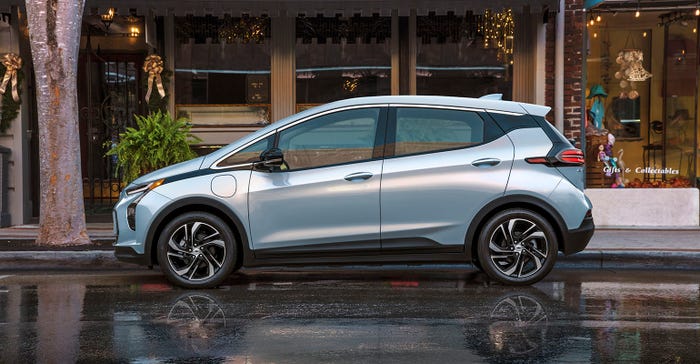Fewer EVs Will Qualify for Tax Credits in 2024
Discover the transformed US EV tax credit landscape in 2024 as new rules restrict eligibility, emphasizing domestic battery components.

As we enter the new year, the landscape of electric vehicle (EV) tax credits in the US is transforming significantly, reshaping the choices available to consumers seeking greener transportation alternatives. The US government's decision to crack down on battery components sourced from China has led to significant restrictions on which EVs and plug-in hybrids (PHEVs) qualify for the desired tax credit of up to $7,500.
Until recently, if manufactured in the US, nearly every new EV and PHEV qualifies for this substantial tax incentive. Yet, with the onset of 2024, the U.S. Treasury has implemented rules that came into effect on January 1st, impacting the eligibility of many vehicles. Notable models such as the Nissan Leaf, Tesla Cybertruck All-Wheel Drive, particularly Tesla Model 3s, and the Chevrolet Blazer EV no longer qualify for the tax credit.

Nissan Leaf no longer qualify for the tax credit. Courtesy of Nissan.
Based on the IRS rules, to qualify for the tax credit, vehicles must not only be assembled in the US but also meet specific price caps: $55,000 for cars and $80,000 for SUVs and trucks. While this may seem straightforward, determining which vehicles fall under these caps can be less clear, leaving potential buyers uncertain about eligibility.
The $7,500 tax credit is divided into two separate credits, each valued at $3,750. To be eligible for both credits, vehicles must meet additional criteria related to battery sourcing. The aim is to encourage the automotive industry to reduce dependence on China for crucial battery components, promoting supply chain security and protecting U.S. jobs.
The first $3,750 credit focuses on the raw materials inside batteries, requiring a certain percentage of critical minerals like lithium, graphite, and cobalt to be sourced from the US or a trade partner. The second credit centers on battery manufacturing, requiring that a percentage of the battery's components, such as anodes, cathodes, and electrolytes, be manufactured or assembled in North America. These requirements, designed to ensure a more robust domestic supply chain, become progressively stringent yearly.

The Chevy Bolt EV still qualifies for tax credit. Courtesy of Chevrolet.
Starting in 2024, battery components cannot come from companies controlled by China, reflecting the government's commitment to bolstering domestic production and mitigating reliance on foreign entities for essential components. As the industry adapts to these new regulations, the list of qualifying vehicles is in constant flux. For example, some notable models, including the Chevy Bolt EV and EUV, F-150 Lightning, Rivian R1T and R1S, and Tesla Model Y, still qualify. However, consumers are advised to consult fueleconomy.gov for the most up-to-date list of eligible vehicles.
As the automotive industry grapples with these changes, consumers must stay informed about the evolving landscape of EV tax credits. While the U.S. government's efforts to secure the domestic supply chain are commendable, a delicate balance must be struck to ensure that the transition to EVs remains accessible and appealing to a wide range of consumers.
About the Author(s)
You May Also Like





